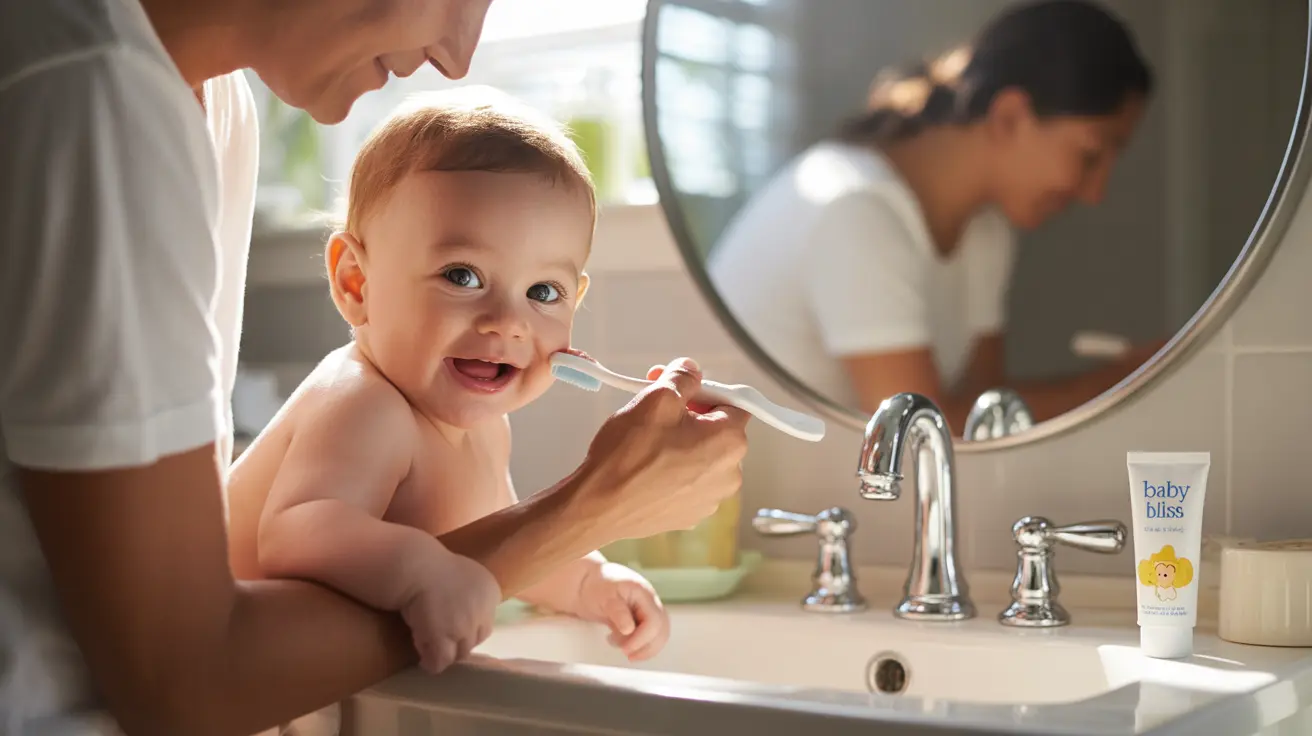Establishing good oral hygiene habits early in your baby's life is crucial for their long-term dental health. Many parents have questions about the proper frequency and techniques for brushing their baby's teeth. This comprehensive guide will help you understand everything you need to know about maintaining your baby's dental hygiene.
From the moment your baby's first tooth emerges, proper dental care becomes essential. Let's explore the best practices for keeping your little one's smile healthy and bright.
When to Start Brushing Baby Teeth
Dental care should begin even before your baby's first tooth appears. Gently cleaning your baby's gums with a soft, damp cloth after feedings helps remove bacteria and establishes a routine. Once that first tooth emerges (typically between 4-7 months), it's time to start regular brushing.
Proper Brushing Frequency and Duration
Brush your baby's teeth twice daily: once in the morning and once before bedtime. Each brushing session should last about two minutes, though this might be challenging with a squirming baby. Focus on gentle, thorough cleaning of all tooth surfaces.
Morning Routine
Start the day with a gentle brushing session after breakfast. This helps remove overnight bacteria buildup and food particles from the morning meal.
Bedtime Routine
Evening brushing is particularly important as it prevents bacteria from multiplying overnight. Never put your baby to bed with a bottle, as this can lead to tooth decay.
Choosing the Right Dental Tools
Toothbrush Selection
Select an age-appropriate toothbrush with:
- Extra-soft bristles
- Small head size
- Large, easy-to-grip handle
- Durable, safe materials
Toothpaste Guidelines
Use fluoride toothpaste in appropriate amounts:
- Rice-grain sized amount for children under 3
- Pea-sized amount for children 3-6 years
- Always supervise brushing to prevent swallowing
Making Tooth Brushing Fun
Transform brushing time into an enjoyable experience:
- Sing songs or play music during brushing
- Use positive reinforcement and praise
- Let your child hold a second toothbrush while you brush
- Make funny faces in the mirror together
- Use timer apps designed for toothbrushing
Introduction to Flossing
Begin flossing when your baby's teeth start touching each other, typically around age 2-3. Use special flossing tools designed for children, and make it part of your daily routine.
Frequently Asked Questions
- How often should I brush my baby's teeth and for how long each time?
Brush your baby's teeth twice daily, aiming for two minutes each session. Focus on being thorough but gentle, ensuring you clean all surfaces of the teeth.
- When is the right time to start brushing my baby's teeth?
Start cleaning your baby's gums before teeth appear. Begin actual brushing as soon as the first tooth emerges, typically between 4-7 months of age.
- What type of toothbrush and toothpaste should I use for my baby's teeth?
Use an age-appropriate toothbrush with extra-soft bristles and a small head. For toothpaste, use fluoride toothpaste in a rice-grain sized amount for children under 3, increasing to pea-sized for children 3-6 years old.
- How can I make tooth brushing easier and more enjoyable for my baby?
Make brushing fun by incorporating songs, games, and positive reinforcement. Use child-friendly apps, mirror activities, and let your baby participate by holding their own toothbrush.
- When should I start flossing my baby's teeth and how do I do it safely?
Begin flossing when your baby's teeth touch each other, usually around age 2-3. Use child-specific flossing tools and be gentle. Floss once daily, preferably before bedtime brushing.
Remember, establishing good oral hygiene habits early will set your child up for a lifetime of healthy smiles. Always consult with your pediatric dentist for personalized advice about your baby's dental care needs.




